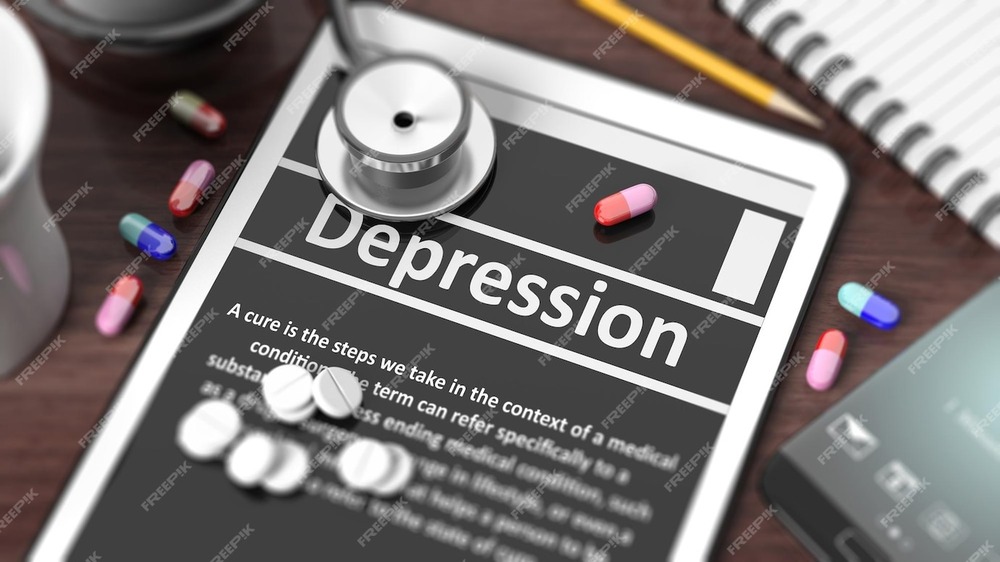Depression among teenagers is a growing concern, with recent studies indicating that approximately 1 in 5 adolescents experience some form of depression before reaching adulthood. This alarming statistic highlights the importance of early detection and intervention. Understanding the tools available for identifying early warning signs can make a significant difference in a teen's life. In this blog, we will explore various depression tests designed for teens, their effectiveness, and how parents and educators can utilize them to support mental health.

Understanding Teen Depression
Teen depression is not just a phase; it can have serious implications if left untreated. According to the National Institute of Mental Health, about 3.2 million adolescents aged 12 to 17 had at least one major depressive episode in 2020. This represents 13.3% of the U.S. population in that age group. The symptoms can vary widely, including persistent sadness, irritability, changes in sleep patterns, and loss of interest in activities once enjoyed.
Key Statistics on Teen Depression
| Statistic | Percentage (%) |
|---|---|
| Teens experiencing depression | 13.3% |
| Teens with severe depression | 4.1% |
| Teens who do not receive treatment | 60% |
| Teens who report suicidal thoughts | 18.8% |
These statistics underscore the critical need for awareness and proactive measures. Early detection can lead to timely intervention, which is crucial for effective treatment.
Common Depression Tests for Teens
There are several standardized tests and screening tools that can help identify depression in teens. Here are a few widely used ones:
-
Beck Depression Inventory (BDI): This self-report questionnaire consists of 21 items that assess the presence and severity of depressive symptoms. It is suitable for ages 13 and older and can be completed in about 10-15 minutes.
-
Patient Health Questionnaire-9 (PHQ-9): This tool is often used in clinical settings and consists of 9 questions that help determine the severity of depression. It is easy to administer and can be completed in under 5 minutes.
-
Children's Depression Inventory (CDI): Designed for children aged 7-17, this inventory assesses symptoms of depression and can be a valuable tool for parents and educators.
Effectiveness of Depression Tests
Research shows that these tests can be effective in identifying depression early. A study published in the Journal of the American Academy of Child & Adolescent Psychiatry found that using standardized screening tools increased the likelihood of identifying depression in adolescents by 50%.
How to Use These Tests
Parents and educators can play a vital role in administering these tests. Here are some steps to consider:
-
Create a Safe Environment: Ensure that the teen feels comfortable and safe when taking the test. This can lead to more honest responses.
-
Discuss the Results: After the test, discuss the results with the teen. If the results indicate potential depression, consider seeking professional help.
-
Follow Up: Regularly check in with the teen about their feelings and mental health. This ongoing support can make a significant difference.
Resources for Parents and Teens
There are numerous resources available for parents and teens seeking help with depression. Websites like MentalHealth.gov provide valuable information on mental health issues, including depression. Additionally, organizations like the National Alliance on Mental Illness (NAMI) offer support and resources for families dealing with mental health challenges.
Support Systems
Building a support system is crucial for teens dealing with depression. Here are some ways to foster a supportive environment:
| Support System | Description |
|---|---|
| Family Support | Open communication and understanding from family members. ❤️ |
| School Counseling | Access to school counselors who can provide guidance and support. 🏫 |
| Peer Support Groups | Connecting with peers who understand their struggles. 🤝 |
Conclusion
Recognizing the early warning signs of depression in teens is essential for timely intervention. Utilizing depression tests can be a valuable tool for parents and educators to identify those in need of support. By fostering open communication and providing access to resources, we can help our teens navigate their mental health challenges more effectively. Remember, early detection can lead to better outcomes, and no teen should have to face depression alone.
If you or someone you know is struggling with depression, don't hesitate to reach out for help. Together, we can create a supportive environment that promotes mental well-being for all teens. 🌟




